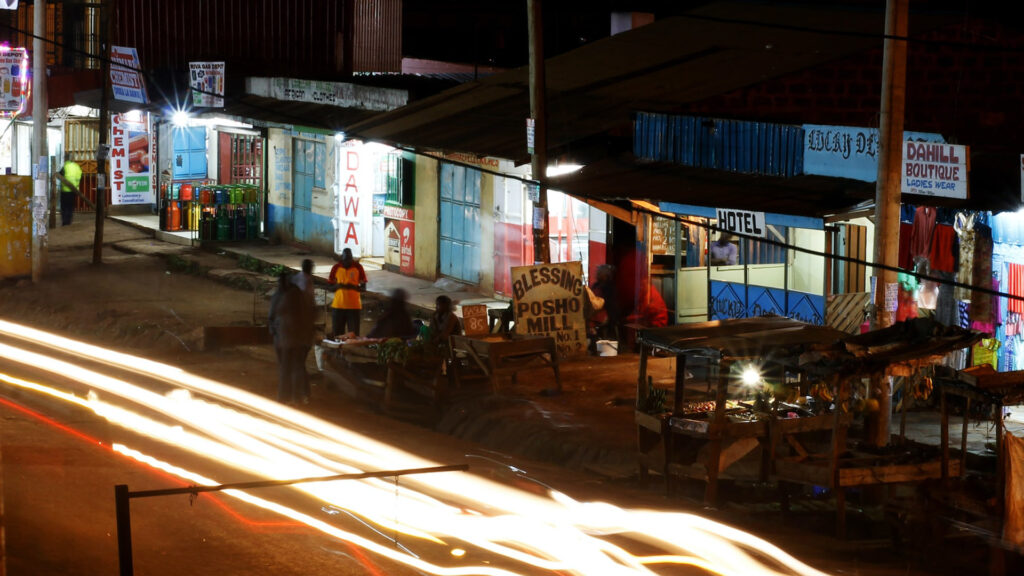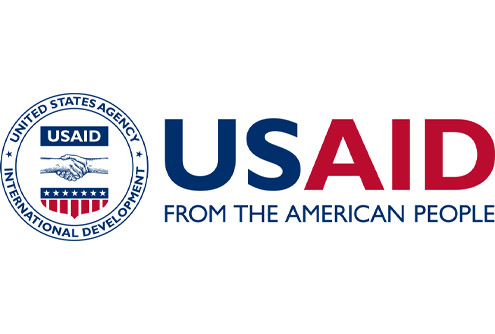Introduction
Kisumu lies on Lake Victoria and is Kenya’s fourth largest city. Unregulated development has a negative impact on resilience, leading to reduced livelihood opportunities, low quality services, and increased disaster risk, including displacement. In this recipe, GNDR member Winam Grassroots utilises data collection and monitoring to inform CSO interventions and partnerships in service delivery.

